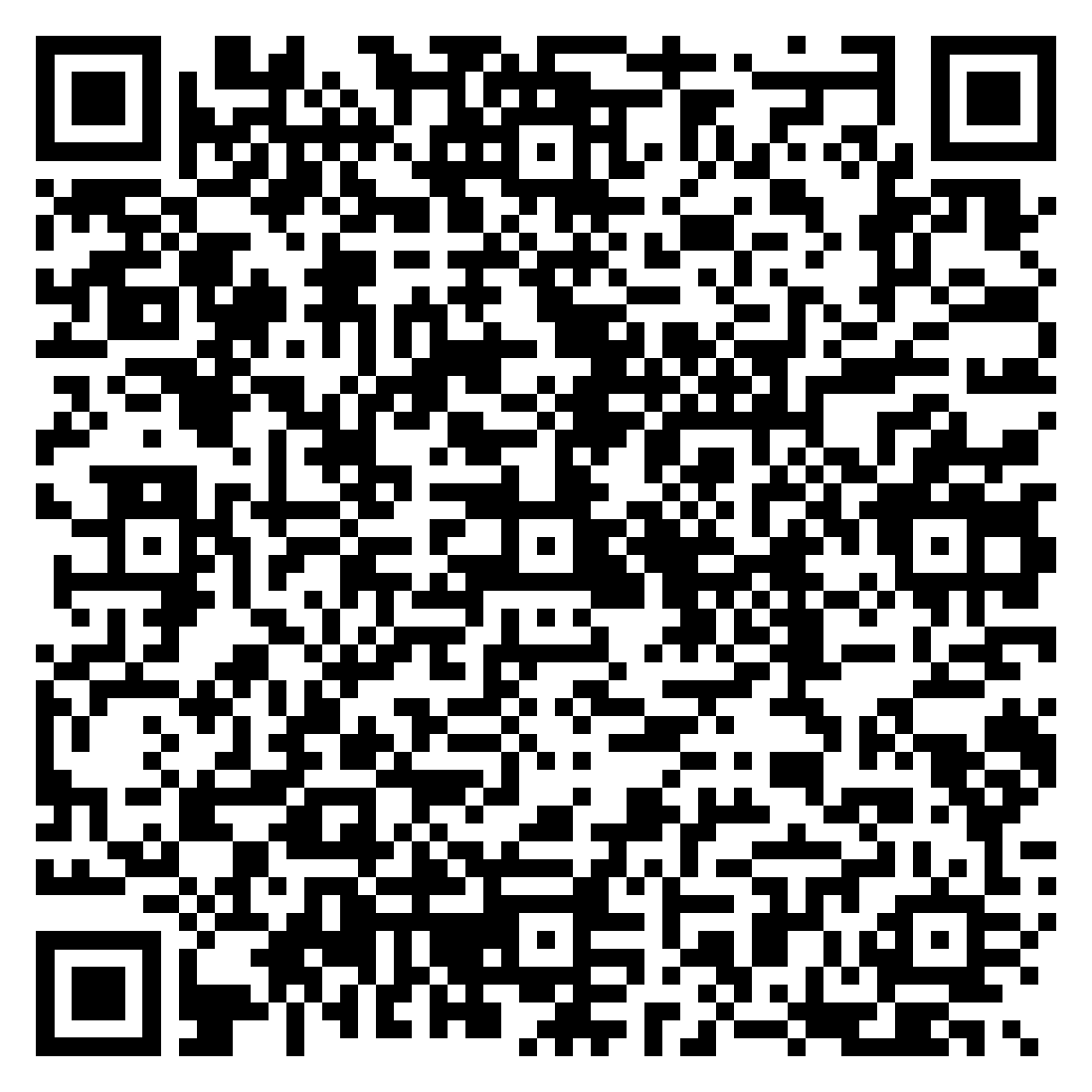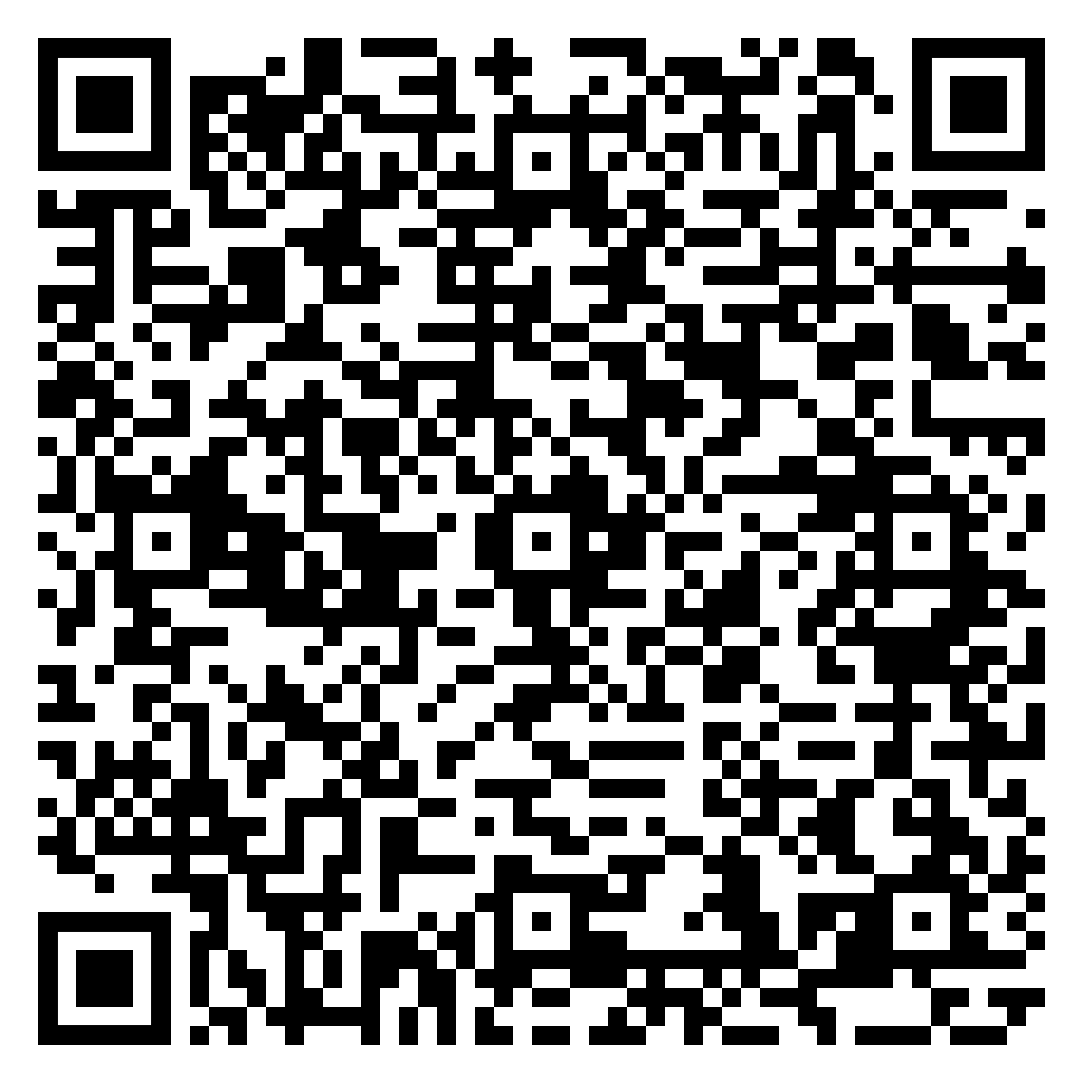
Prioritize your mental well-being daily. Enhance your life by nurturing your mental health with the Smart Meditation app. Break free from stress, alleviate anxiety, and enhance your sleep quality starting today.
How Many Americans Are On Xanax?
The Rising Tides of Anxiety Medication Use
In an age where stress and anxiety seem to be part and parcel of the daily grind, Xanax, a name brand for alprazolam, has become somewhat of a household term across the United States. It’s not just a medication; for many, it’s a lifeline. But just how many Americans have turned to this benzodiazepine to smooth out the edges of their day-to-day lives?
Understanding the Scope
Diving into the numbers requires a bit of a juggling act, given the privacy laws and the sensitive nature of medical records. Nonetheless, various health surveys and reports have shed light on the prescribing trends that hint at the widespread use of Xanax and its generic counterparts.
As of the last decade, reports indicate that upwards of 40 million Americans grapple with anxiety disorders annually, setting the stage for a massive potential user base for Xanax. Benzodiazepines, the class of drugs to which Xanax belongs, have seen their prescriptions soar, with some statistics pointing to nearly a 70% increase over the past few decades. When it comes to hard numbers, it’s estimated that about 5% of the adult U.S. population has had a prescription for benzodiazepines like Xanax filled in any given year.
This surge isn’t without its caveats, though. The FDA has tightened its grip on the prescription and use of these medications, especially given their potential for dependence and abuse. Health professionals are now urged to prescribe them for the shortest duration possible, primarily due to their addictive nature and the risk of withdrawal symptoms.
A Closer Look at Usage and Concerns
Xanax, specifically, has found its fame not just in its ability to quell the storm of anxiety but also through its cultural references in music, movies, and social media. This spotlight, however, has doubled as a double-edged sword, propelling discussions about mental health as well as sparking debates about prescription drug misuse.
- Age Groups: The demographics of Xanax users tend to skew younger, with a notable prevalence among adults under the age of 35. This could be reflective of both the rising tide of anxiety disorders among younger populations and their willingness to seek help.
- Prescription Practices: With a critical eye on prescription habits, there’s been a pivot towards exploring alternative methods for managing anxiety, from cognitive-behavioral therapy (CBT) to mindfulness and meditation, in hopes of reducing dependency risks.
- Risks and Warnings: The spotlight on benzodiazepines has also allowed for deeper conversations about their side effects and the importance of proper usage. An alarming trend of mixing these medications with opioids and other substances has illuminated the need for stringent monitoring and education.
Navigating a Path Forward
As we forge ahead, the conversation about Xanax and its cousins shouldn’t just center on the numbers. It’s a dialogue about balancing effective anxiety management with the mitigation of addiction risks. It underscores a broader societal challenge: addressing the root causes of anxiety and stress in our fast-paced world while promoting a culture of wellness and support.
For those tethered to the ebb and flow of anxiety, Xanax may be a beacon in the storm. Yet, the journey doesn’t end with a prescription. It beckons a comprehensive approach to mental health, advocating for strategies that encompass physical, psychological, and societal well-being. Only then can we hope to see a decline in the need for such medications and a rise in holistic health and resilience.
The numbers tell us where we are, but the stories behind them guide us toward where we need to go. In an era where the stigma surrounding mental health is steadily being dismantled, perhaps the real question isn’t just “How many Americans are on Xanax?” but rather, “How can we foster a society where fewer feel the need to reach for it?”




